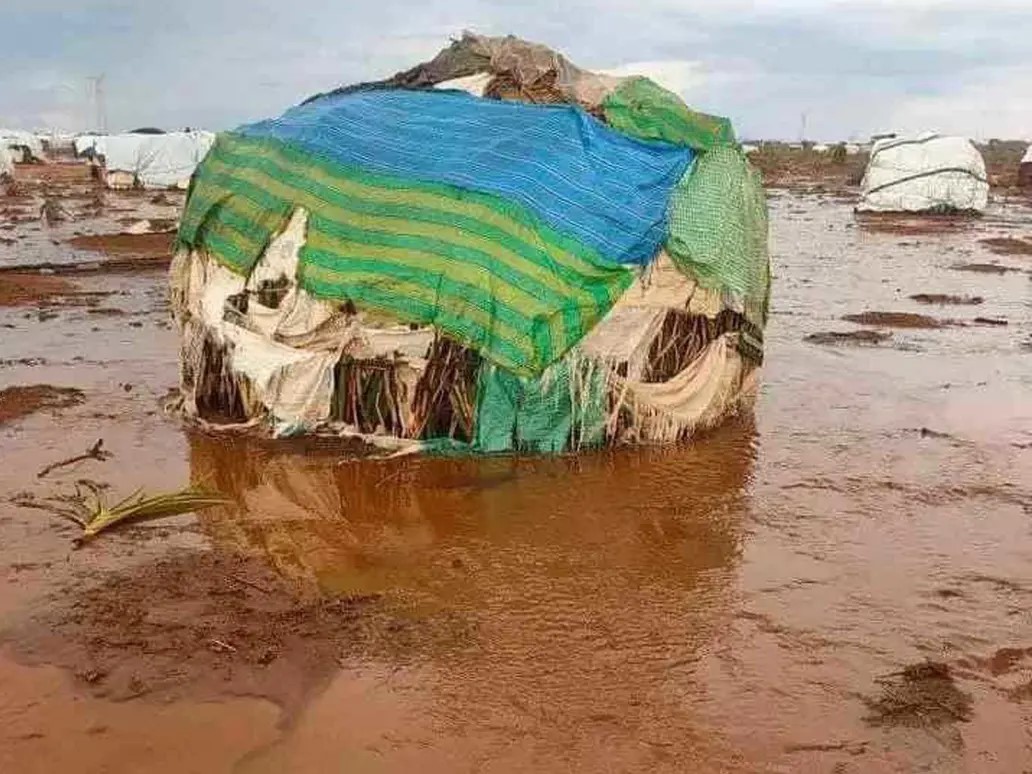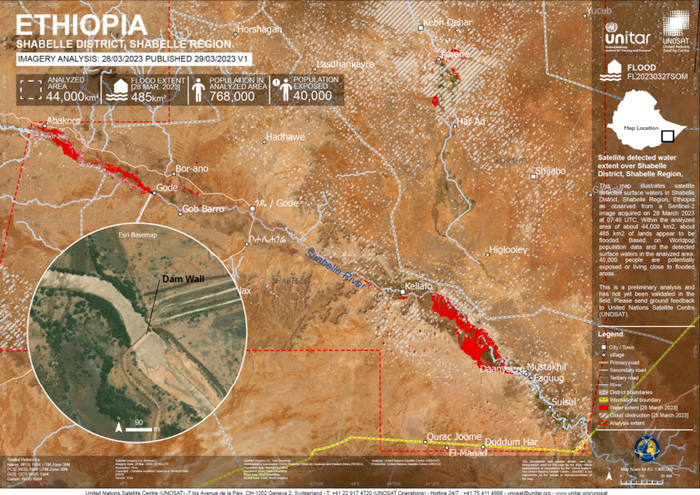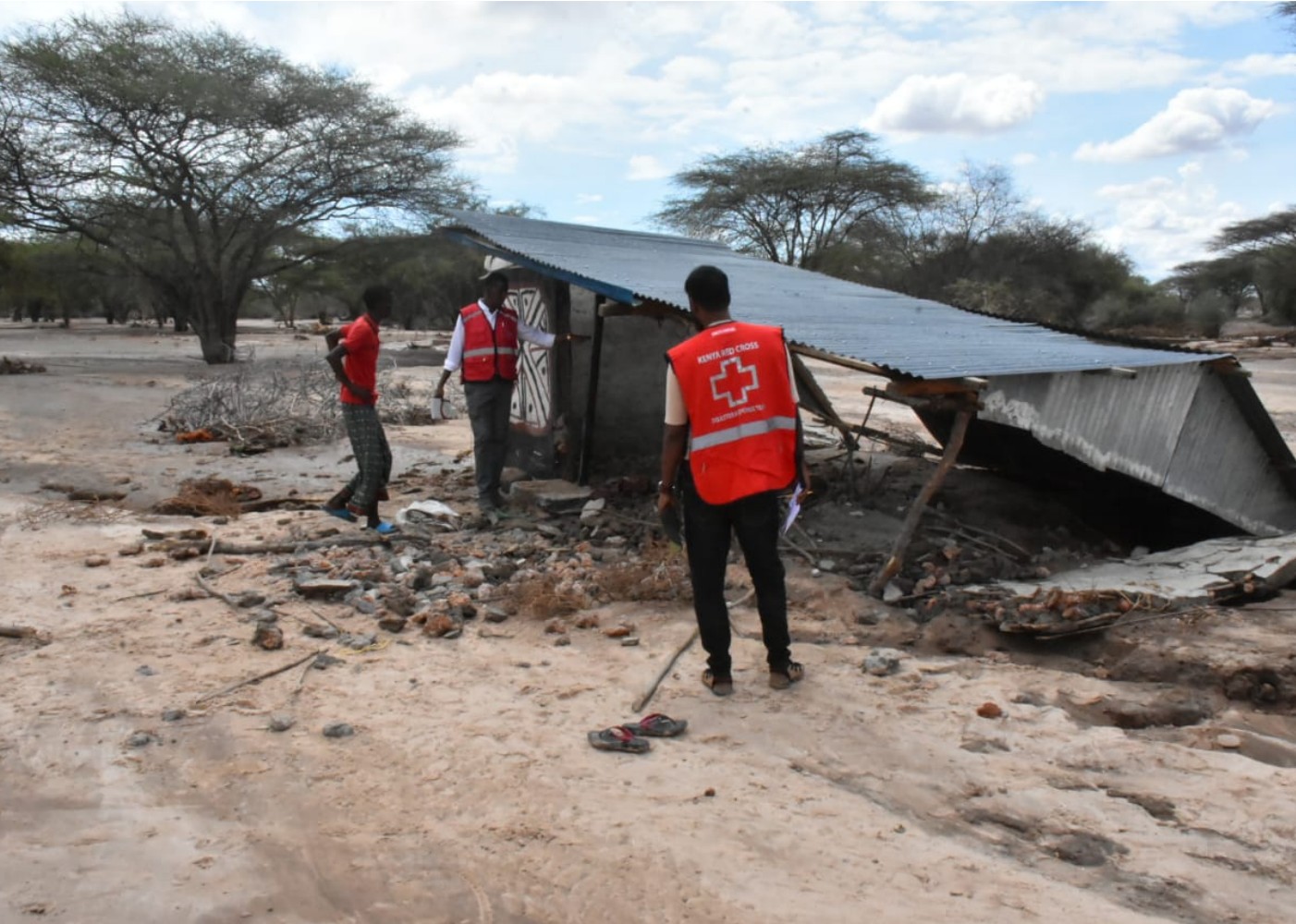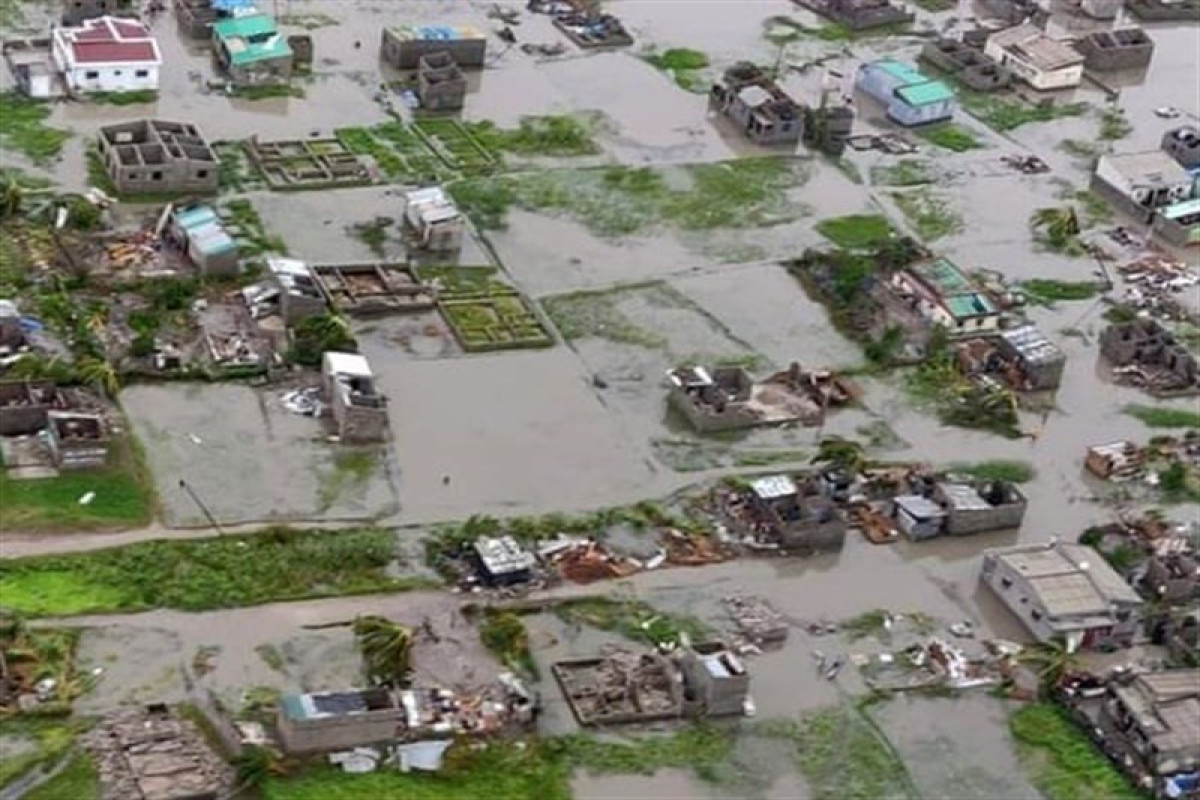The United Nations reports that flooding and heavy rain have affected or displaced around 240,000 people in several regions of Ethiopia since mid-March 2023. At least 29 people have died.

According to a recent report by the United Nations Office for the Coordination of Humanitarian Affairs (UN OCHA) the onset of the Belg and Gu rains have caused loss of life and damage to shelters, agriculture, livestock and infrastructure in the Afar, Oromia and Somali Regions. Increasing levels of the Omo River threaten to flood areas of the Southern Nations, Nationalities and Peoples’ (SNNP) Region. Many of those affected are in IDP (internally displaced persons) camps, displaced by long-term drought in the country.
UN OCHA reported floods have displaced 12,500 people in Dubti, Mile, Garani, Awash and Bori Modayto woredas (districts) of lower and central parts of the Afar Region. Hundreds of livestock have perished and crops destroyed.
In the Oromia region, shelters were damaged in IDP (internally displaced persons) camps set up for those affected by long-term drought conditions, affecting around 27,000 people in Dire and Dubuluk woredas.
The Somali region is the worst affected area. Flash floods have affected 200,000 people in the Region’s Shabelle, Afder Liban and Fafan zones. As many as 29 people have lost their lives, UN OCHA said. Floods have destroyed and damaged private homes, agricultural land, bridges, schools, water sources and other public infrastructure.
Images provided by the United Nations Satellite Centre UNOSAT showed flooding along the Shabelle River in Shabelle District. As of 28 March 2023, as much as 485 km2 of land was under water, with an estimated 40,000 people exposed to floodwaters.

Meanwhile, rising levels of the Omo River are threatening to flood areas of Dassenech Woreda of the Southern Nations, Nationalities and Peoples’ (SNNP) Region. UN OCHA said Dassenech is “home to 60,790 flood IDPs, scattered in 16 gathering sites since 2020. These people were originally displaced following the uncontrolled release of water from the Gilgel Gibe 3 Dam in Dawuro Woreda in the South West Region in 2020.”
The country has endured long-term drought conditions following five consecutive failed rainy seasons. In March UN OCHA reported 24 million people were living in drought-affected areas and 11 million people were estimated to be food insecure.
The disaster occurred in the village of Bulwa in the Masisi territory of the North Kivu Province. News media in the country, quoting local officials and observers, said provisional figures show at least 19 people were killed and that the search for other victims was to continue.
The Provincial deputy of North Kivu, Alexis Bahunga, gave an update on the situation in a statement of early 03 April 2023. The Deputy said:
“More than 20 people have died in a landslide this Sunday 02.03.2023 in Bulwa, Gpt Buabo, in Masisi Territory; I offer my condolences to the population of Buabo and ask the Govt to assist these victim families by organizing a dignified funeral.”
Heavy rain has also affected South Kivu Province in recent days and road traffic linking the city of Uvira to Bukavu was suspended.
The March April May season started this year with heavier than usual rains bringing floods, flash floods across the northern and southern parts of the country. At least 12 people have lost their lives and hundreds have been displaced from their homes in Kenya after intense flooding affected several counties over the week from 22 to 27 March 2023.

Significant impacts of the floods began to be reported on 23 March and continued up to 27 March. On 27th March it was reported bad weather including strong winds and heavy rains caused damage in some Western counties (North Western and South Western), mainly in Narok, Kajiado, and West Pokot Counties. From data collected as of 27 March, at least 36,432 people are currently affected across 19 counties are already affected most being in the Western part of the country (North Western and South Western). This include Kisumu, Nyamira, Kisii, Kakamega, Narok, Turkana, Isiolo, West Pokot, Elgeyo Marakwet, Marsabit, Samburu, Mandera, Wajir, Kiambu, Siaya, Bungoma and Nairobi. Some counties have reported massive destruction of roads, houses, infrastructures, and crops and deaths have been reported due to the floods. Landslides are also feared across the Rift Valley region, where massive environmental degradation has happened due to rampant tree felling.
Forecasts have warned of further heavy rainfall up to mid/late April 2023 as per the forecast from Kenya Meteorological Department.
Some of the counties affected are also affected by existing cholera outbreaks and food insecurity due to a multi-year ongoing overall drought situation.
Scope and Scale
Since onset of the rainy season March April May (MAM), known as the "long rains", significant rainfall effects have been reported in 19 Counties; Kisumu, Nyamira, Kisii, Kakamega, Narok, Turkana, Isiolo, West Pokot, Elgeyo Marakwet, Marsabit, Samburu, Mandera, Wajir, Kiambu, Siaya, Bungoma and Nairobi.
It has been reported that as of 27 March at least 5,038 households have been displaced, 36,432 people affected severely, injuries 10, fatalities 21, and Missing 4. Livestock that survived the devastating drought are now dying from floods, livestock deaths are reported as at least 4,616. It also reported locally there is significant infrastructural damage with some areas cut off from the road and unable to receive relief. There have been several floods incidence from 22 March until 27th and some counties were affected one or two times and rainfall is still coming with intensity. The highest impact recorded in that period are in Mandera, Marsabit, Isiolo, Narok, Waijir County while the other counties have people affected in very scattered ways. Details are as follow:
• In Mandera County, there were a total of 338 HHs displaced by flash floods in Ardhallo and Fincharo villages.
• Marsabit a total of 132 households were displaced at Anona, Waititi, and Lamole locations.
• Isiolo 201 households were affected by flash floods at Kinna location.
• In Narok County, 4 people were rescued and one missing after being swept away by flash floods.
• Kakamega- A bridge connecting Isango and Esokone areas was swept away by flash floods after River lusumu broke its banks.
The flood losses recorded have added misery to hundreds of famine-stricken and are adding a higher exposure for thousands of households to the cholera outbreaks already in an increased curve. While ensuring coordination among the responses in-country, it is critical to launch a response to the existing needs and mitigate the further effect of floods on a health and overall context dire for many of the currently affected communities. exposure to bad weather, the loss of thousands of livestock, and income add to the vulnerability of communities.

At least 1,800 people in Tanzania's southern region of Mtwara have been left homeless after their houses were submerged by flash floods caused by the ongoing heavy rains, an official said Saturday, APA reports citing Xinhua.
Ahmed Abbas, the Mtwara regional commissioner, said the flash floods occurred in the past week after the Ruvuma River overflew following heavy rains upstream.
"The flash floods submerged over 150 houses in Maurunga and Kilambo wards in Mtwara district leaving 528 households with 1,800 people homeless," Abbas said.
The homeless victims have been sheltered in primary schools as the regional authorities were organizing relief supplies, including tents and food, for the victims, he said.
He said the flash floods also destroyed more than 100 hectares of farm crops, including maize and potatoes, in the affected areas.
"We are still assessing to establish the damage done to the farms by the flash floods," said Abbas.